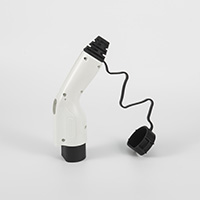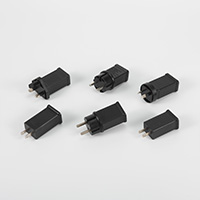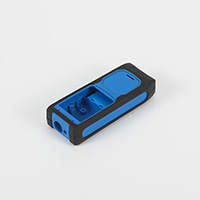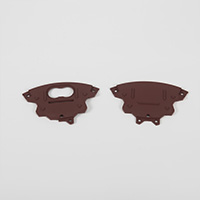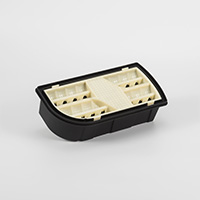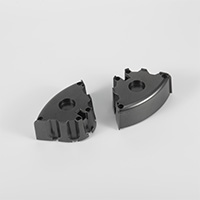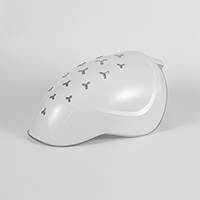Maintenance of Plastic Injection Mold
 Nov 20, 2023|
Nov 20, 2023| View:415
View:415The expected service life of a mold depends not only on its design, material selection, heat treatment, and machining accuracy but also on effective maintenance during prolonged use.
1. Timely removal of residual material and keeping the mold clean.
a) Regularly clean the parting surfaces to prevent the accumulation of particles and dust.
b) For polished cavities and texture surface, rust prevention is crucial. Avoid touching these surfaces with bare hands; instead, use absorbent cotton or cotton to remove any impurities to prevent scratches and maintain the surface quality.
2. Regular inspection and lubrication.
Sliding parts, guide posts, guide sleeves, reset rods, ejector pins, and ejector sleeves should be observed and inspected regularly. Lubricate the working surfaces of these sliding parts at least once per shift.
3. Confirmation of slider movement.
Pay close attention to any deformation, scratches, wear, or misalignment of the slider's sliding parts. Confirm if it operates smoothly, and if any abnormalities are found, correct them immediately. Apply grease to the sliding parts (ensuring it does not come into contact with the product).
4. Maintenance of moving parts wear.
During each mold opening and closing process, parts that must slide to perform actions are referred to as moving parts. These moving parts should be cleaned regularly (at least once a month) to remove old grease. Check for surface damage, bites, or abnormal wear. If there is thinning due to friction on the contact surfaces of the moving parts, causing variations in the thickness of the molded product's side or flashing, adjust the liner's thickness promptly. After adjustment and inspection, apply new grease.
5. Mold installation inspection.
Due to the mold's repeated opening and closing movements, it may become misaligned or experience bolt damage or loosening. Conduct thorough inspections and ensure secure fastening.
6. Inspection and maintenance of demolding components.
During mold closure, the return springs are responsible for promptly retracting the ejector pins, reset rods, inclined ejector pins, etc. If they fail to retract, check these parts for damage, scratches, or deformation, and repair them immediately. Operators should always be attentive to the smoothness of each resetting action to prevent accidents.
7. Inspection of the cooling system.
The cooling water used in the mold must be clean and free from impurities. The internal cooling passages often have complex and winding structures.
Prepared by: Shenglin Luo
Audit by: Louis
Approve by : Louis
Date: 2020/03/20
